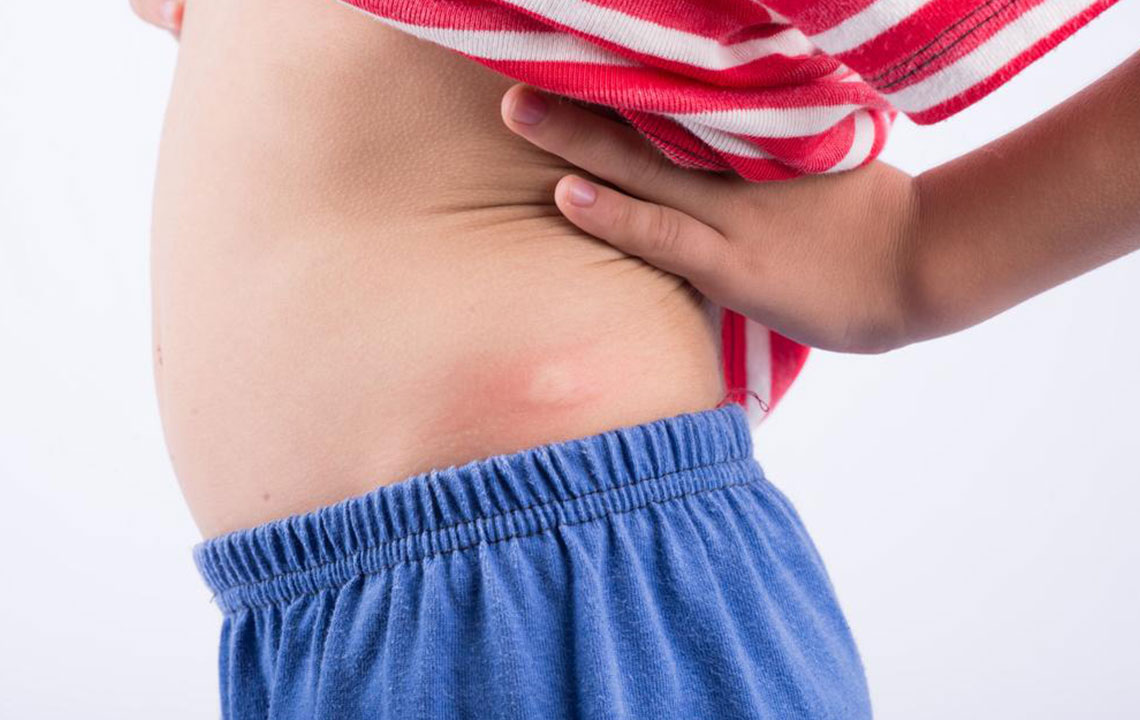Simple Daily Strategies to Alleviate Shingles Discomfort
Discover practical daily habits to soothe shingles symptoms. From soothing baths and gentle lotions to cold compresses and a nutrient-rich diet, these strategies support faster recovery. Incorporating these routines with medical care helps minimize discomfort and promotes healing during shingles outbreaks.

Simple Daily Strategies to Alleviate Shingles Discomfort
Shingles, or herpes zoster, affects roughly one-third of people in the United States. It causes a painful skin rash that appears as a band or cluster on one side of the body or face. Most often seen in older adults and individuals with weakened immune defenses, shingles is caused by the reactivation of the varicella-zoster virus, the same virus responsible for chickenpox. Stress, certain medications, and injuries can activate the dormant virus, leading to symptoms like fatigue, fever, pain, and blistering.
Shingles usually lasts between two to six weeks as the virus runs its course. Treatment primarily aims to relieve pain and discomfort caused by blisters and rashes, often using medications and topical creams prescribed by healthcare providers. Incorporating certain daily practices can also help ease symptoms:
Take cool, soothing baths: Regularly washing affected areas with lukewarm water helps prevent infections and reduces itching. Avoid hot water, which can worsen symptoms. Adding colloidal oatmeal provides extra relief. Gently dry skin with a clean, antiseptic towel.
Apply gentle skin lotions: Calamine lotion or petroleum jelly can soothe itching and deter scratching. Steer clear of scented or chemical-laden products that might irritate the skin.
Use cold compresses: Applying damp, cold cloths to affected areas diminishes inflammation and helps blisters dry out. Do not use ice packs directly on the skin to prevent increased sensitivity.
Create soothing pastes: Mix cornstarch or baking soda with water to form a paste. Applying this to rash areas can reduce itchiness for 10-15 minutes, multiple times daily.
Eat a balanced diet: Consuming immune-boosting foods rich in vitamins A, B-12, C, E, and lysine—such as dairy, eggs, legumes, grains, chicken, fish, and vegetables—supports healing. Limit intake of sugar, processed carbs, saturated fats, and arginine-heavy foods.
Wear loose, breathable clothing: Natural fabrics like cotton reduce friction and sweat, preventing further irritation. Avoid synthetic materials such as polyester or nylon that can increase discomfort.
While these habits are not cures, they, combined with medical treatments, can promote quicker healing and reduce discomfort during a shingles episode.


